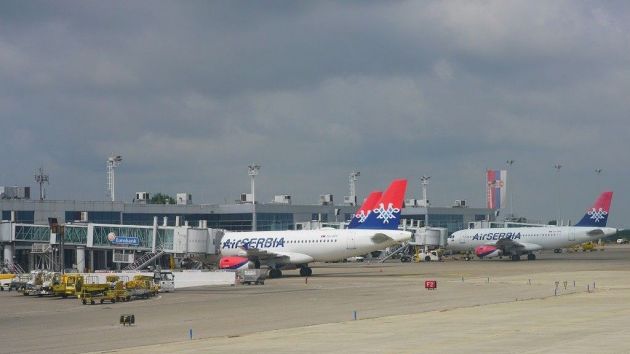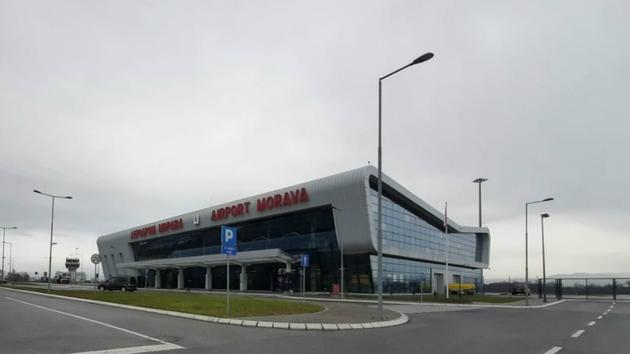No Recovery for Air Transport of Goods for Another Few Years – Serbia Expects a Lot from Morava Airport
Source: eKapija
 Wednesday, 04.05.2022.
Wednesday, 04.05.2022.
 15:31
15:31
 Wednesday, 04.05.2022.
Wednesday, 04.05.2022.
 15:31
15:31
(Photo: robert paul van beets/shutterstock.com)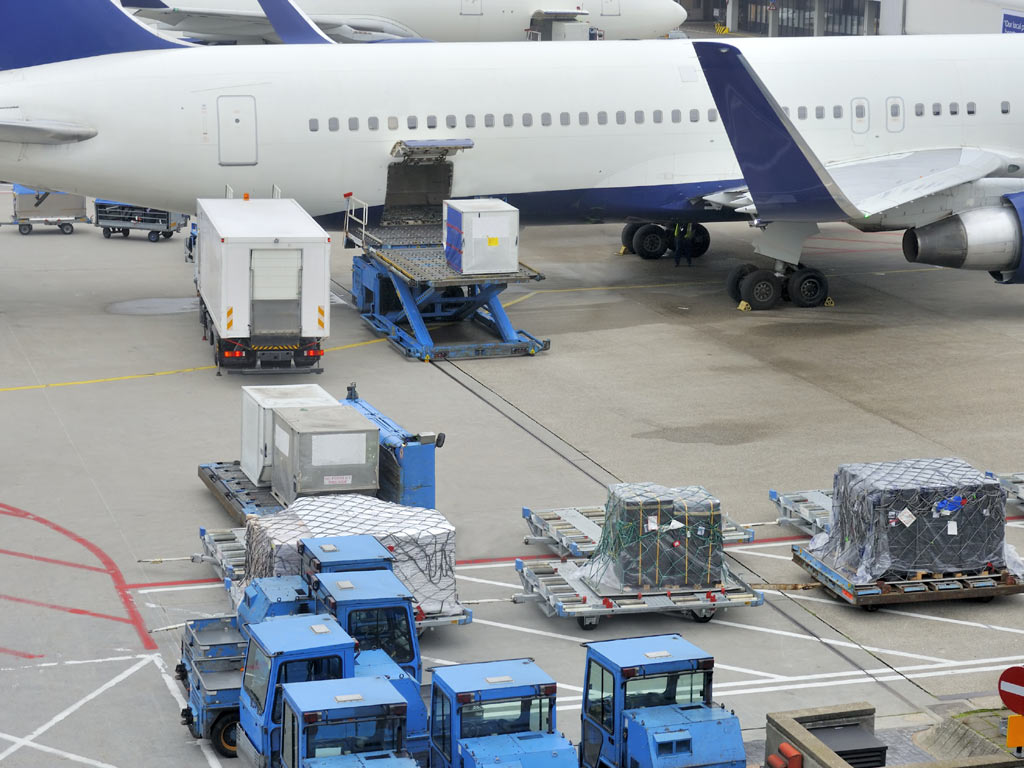

Just when we thought that the pandemic was passing and that the situation would somewhat normalize in the sector of air transport of goods, there was a new blow in the form of the war in Ukraine.
How disturbances such as pandemics and mass cancellation of flights affect this sector, which routes suffer the most, how Serbia is handling the situation, when the Morava Airport in Ladjevci will become a regional center for cargo transport, as has been announced several times – all these are topics that we’ve tried to explore.
The data of the Statistical Office of the Republic of Serbia show that, in air traffic, in 2020, compared to the previous year, there was a drop in the quantities of transported goods by 25.7%. The data of the International Air Transport Association (IATA) are encouraging – the demand for air-cargo transport grew 6.9% in 2021 compared to the pre-pandemic year of 2019. Nevertheless, as they said, an opportunity for growth was missed, due to limitations at logistics systems and a reduction in workforce.
Recovery only in three to four years
And the future, according to experts’ estimates, is not particularly bright. It is unrealistic to expect the scope of air-traffic to return to the levels from the early 2020 in the foreseeable future, at least not in the next three to four years, according to eKapija’s interviewees from the Ministry of Construction, Transport and Infrastructure of Serbia.
As they remind, in the world of air-cargo, the year 2019 was very difficult, because the growth trends that were present in 2017 had considerably dropped in the ensuing two years.
– That trend was a result of the strong recession which was current on the global level in mid-to-late-2018 already, primarily due to the trade-customs war between the USA and the EU and the USA and China. Said recession had reduced the scope of the transport of goods, that is, the demand for transport. In late 2019, there was a great step forward, because the customs conflicts stopped, so the beginning of 2020 showed a strong positive trend of the growth of the demand for air-transport.
However, with the beginning of the pandemic, there was a new breakdown in logistics chains, the kind of which had not been seen in recent history. Mass cancellation of flights and a drop in available transportation capacities marked the beginning of the pandemic. And despite a partial improvement, a full recovery will not happen overnight.
– Considering the pandemic-related restrictions that are still in effect, especially in the market of China, which is one of the main production capacities of the global economy, it is not to be expected for the scope of air-traffic to return to the levels from the beginning of 2020 in the near future, at least not in the next three to four years – they believe at the ministry.
Lack of cargo capacities and growth of profit
The pandemic has led to something new – passenger flights without passengers. According to the IATA, around 45-50% of cargo worldwide is transported in passenger aircraft bodies. However, the lack of cargo capacities has become such a significant problem that airline companies have started offering their passenger planes for cargo chargers exclusively, and some even fill out the seats with cargo. One phenomenon, counterintuitive only at first sight, has occurred – despite the great problems, the air-transport industry has become more profitable.
The lack of cargo capacities has become a great problem (Photo: tratong/shutterstock.com)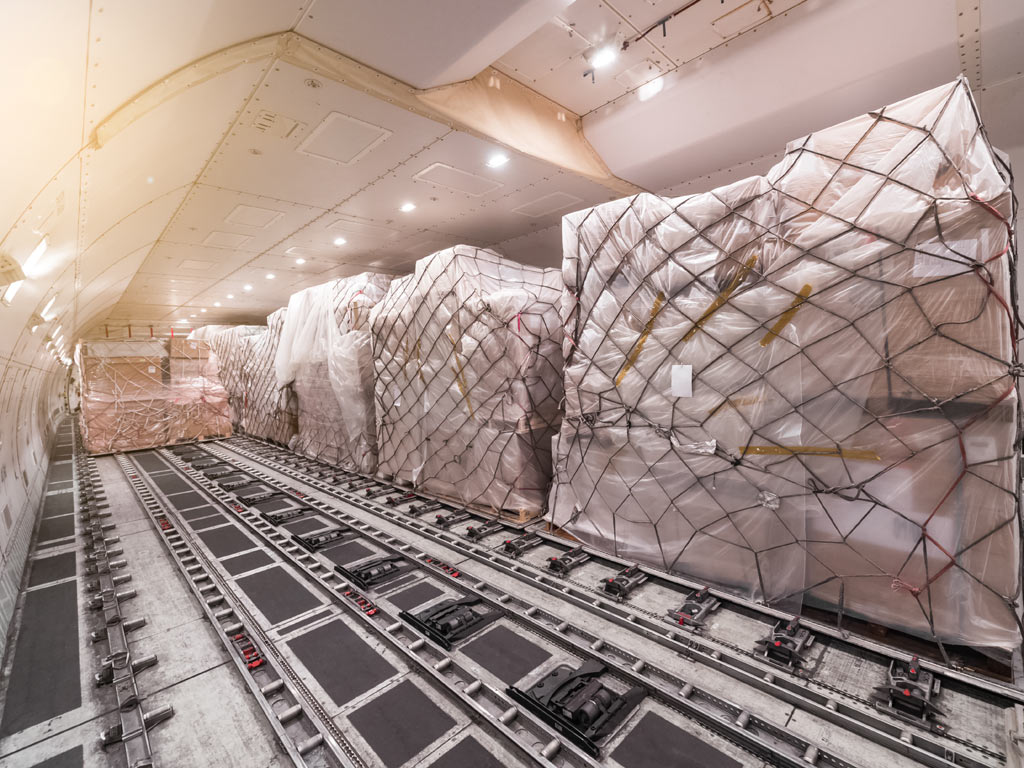

– The drop in the available capacities in the market has been far bigger than the drop in the demand for transport, which, according to market laws, has resulted in increased transport prices. That way, although the physical volume of the transport of goods has been reduced, the air-transport industry has become more profitable, recording the highest profitability rates yet in the domain of the transport of goods and mail – the ministry explains.
The pandemic period was also marked by a considerable increase in e-commerce – consumers couldn’t visit stores physically, so they bought from home.
– These shipments are eventually also redirected to air-transport, as postal shipments, thereby compensating for the part of the workload that has moved to cheaper forms of transport due to market laws – the ministry notes.
In 2020 as well, the top of the list of the largest air-cargo transporters featured FedEx, UPS and Qatar Airways. In addition to North America, an increase in cargo traffic was only recorded in transporters in Africa (1.8% compared to the previous year), according to the IATA. For goods transported by air, what’s characteristic is a discrepancy between the volume and the value.
– Around 34% of the total global value of exported goods is transported by air-cargo shipments, although the physical volume of the transport is only at 1% of the total volume of the transport. Annually, for example, in the USA and the EU, around 50% pharmaceutical products, 60% precision and medical instruments, 45% electronic devices and equipment are transported by air-cargo shipments – the ministry says.
War in Ukraine and closing of air space
The war in Ukraine has further affected the already pandemic-weakened sector of air-cargo transport. The canceled flights to Russia from the European Union, the USA and Great Britain, as well as the closed air space above Russia and Ukraine, have led to longer routes, especially toward Asian markets, such as Japan, South Korea and China.
– The northern flight route toward China is de facto closed for many transporters, redirecting them toward the southern route, which in itself has become operatively more expensive, because it is longer. This has forced many regular transporters to either cancel flights (don’t forget that the price of air-fuel has nearly doubled in the past year) or fly at incomparably higher costs – says the Ministry of Construction, Transport and Infrastructure.
The price of air-fuel has gone up as well (Photo: Pierre-Yves Babelon/shutterstock.com)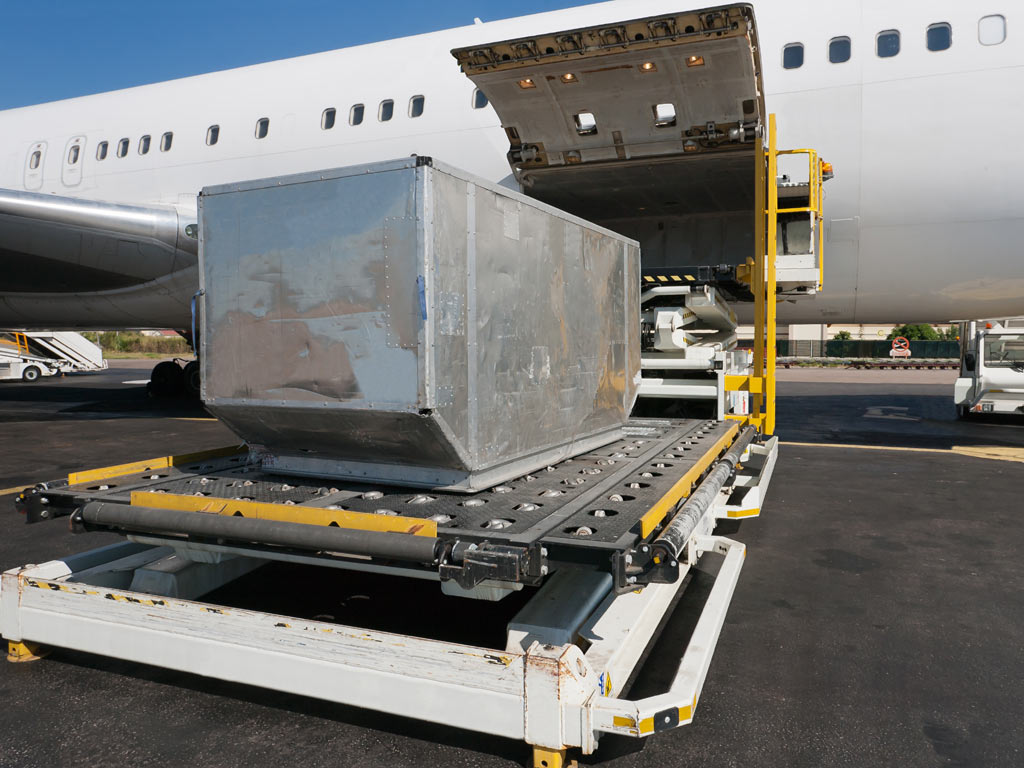

The prices grew even before the war in Ukraine. According to the IATA, in December 2021, the price of the air transport of goods from Hong Kong to North America reached the record amount of USD 12.75 per kilogram. But, just like many companies opted for air transport instead of boat transport after the blocking of the Suez Canal in July last year, many are now giving advantage to other forms of transport.
– Air-cargo is a reflection of someone’s business needs. To a car factory, the producer needs to deliver car parts, to a pharmaceutical factory, the producer needs to deliver the necessary ingredients etc. In a word, any sort of disturbance in logistics chains leads to a halt or the stopping of production. This requires either the redefining of the level of supplies (in order to ensure continuous production) or the slowing down of production. Of course, logistics chains are less reliable due to the cancellation of flights, all of which affects the end user. The user will thereby be redirected to a more reliable solution, even though it was unacceptable until only a few months ago, because it entailed long shipment times (the switching from air-cargo to another form of transport).
Goods arriving in two days from Belgrade to Chicago
While some routes, such as those toward China and Russia, are not as accessible under the current circumstances, others, such as those toward the USA, are blooming. The company IBA, which collects and analyses air industry data, projects that operators from North America will recover more quickly and reach pre-pandemic levels as soon as this year.
Our Air Serbia is even increasing its flights to the USA, connecting Serbia not just with the USA, whereby goods arrive from Belgrade to Chicago in two days, but also with South America and Canada in the field of air-cargo, explains the Ministry of Construction, Transport and Infrastructure.
The same applies for European destinations. The ministry reminds us that Air Serbia has successful connections with nearly the whole Europe, and they see this moment, no matter how difficult and challenging, as a great opportunity for further development, by opening new destinations and deploying new airplanes of larger cargo capacities, considering the potential and the driving force that air-cargo represents.
– In addition to being a passenger hub, Belgrade is increasingly gaining the outlines of a cargo hub, and we have all identified this as a point of great development potential. Global studies have shown that, with the increase of air-cargo connections, 1% of the growth of connections results in a 6.3% growth of imports and exports, where it is clear that air-cargo, albeit invisibly at first sight, is a strong driving engine of the development of each economy.
Morava Airport to be goods transport regional center
It’s not just Belgrade that is the hope of the Serbia air transport of goods, but Kraljevo as well. The responsible Ministry of Construction, Transport and Infrastructure is completing the preparation of the Spatial Plan of the Special-Purpose Area for the Morava Airport in Kraljevo. The plan is supposed to enable the construction of the most modern runway and the accompanying features necessary for the handling and dispatching of the largest types of aircraft that are used in cargo transport. As announced earlier, the new runway will be built according to all the standard of cargo transport, with a length of 3.5 kilometers and width of 60 meters.
– The Morava Airport will thereby become not just the central Serbian airport for the transport of goods, but also a serious regional center, and all this considering the completed Milos Veliki highway, the construction of the Preljina-Pojate section, which will enable a quick connection with the E75 highway, as well as quick traffic routes from Batocina to Mrcajevci. From all corners of Serbia and even the region, goods will be able to be transported to the airport and then to the whole world from there, which is what’s most important. It is important to point out that no big airport in the environment has this kind of advantage and position – the ministry notes.
Great expectations from the Morava Airport, however, don’t mean that Belgrade and Nis are less valuable when it comes to cargo transport.
– Today, we have the situation where, at the ministry, we are talking about a series of investments in airports. Whether it’s the Nikola Tesla Airport, whether it’s Constantine the Great Airport, or the Morava Airport, but also building and putting into operation other, smaller airports in the territory of the Republic of Serbia. It is not realistic to expect and it is not possible for all airports to be international ones and equipped for the handling and dispatching of cargo aircraft, but certainly, all three international airports have the potential for the growth and development of cargo transport – they conclude at the Ministry of Construction, Transport and Infrastructure.
Marija Dedic
Companies:
 Republički zavod za statistiku
Republički zavod za statistiku
 Ministarstvo građevinarstva, saobraćaja i infrastrukture Republike Srbije
Ministarstvo građevinarstva, saobraćaja i infrastrukture Republike Srbije
 Air Serbia ad Beograd
Air Serbia ad Beograd
 Aerodrom Konstantin Veliki Niš
Aerodrom Konstantin Veliki Niš
 A.D. Aerodrom Nikola Tesla Beograd
A.D. Aerodrom Nikola Tesla Beograd
 Aerodrom Morava Kraljevo
Aerodrom Morava Kraljevo
Tags:
International Air Transport Association
IATA
Statistical Office of the Republic of Serbia
Ministry of Construction Transport and Infrastructure
Air Serbia
IBA
Morava Airport
Nikola Tesla Airport
Constantine the Great Airport
Lađevci
Chicago
FedEx
UPS
Qatar Airways
air transport of goods
cargo
e commerce
air cargo transporters
pandemic
flight cancellation
logistics
transport
war in Ukraine
blocking of Suez Canal
air fuel prices
Spatial Plan of the Special Purpose Area for the Morava Airport in Kraljevo
special edition newsletter
logistics and transport
Comments
Your comment
Most Important News
Full information is available only to commercial users-subscribers and it is necessary to log in.
Follow the news, tenders, grants, legal regulations and reports on our portal.
Registracija na eKapiji vam omogućava pristup potpunim informacijama i dnevnom biltenu
Naš dnevni ekonomski bilten će stizati na vašu mejl adresu krajem svakog radnog dana. Bilteni su personalizovani prema interesovanjima svakog korisnika zasebno,
uz konsultacije sa našim ekspertima.


 Izdanje Srbija
Izdanje Srbija Serbische Ausgabe
Serbische Ausgabe Izdanje BiH
Izdanje BiH Izdanje Crna Gora
Izdanje Crna Gora


 News
News








